Every business dreams of a loyal customer base, but achieving this can feel like battling a tide of endless challenges. One significant hurdle?
Friction points. These are the moments when customers feel frustrated or hindered, making them reconsider their loyalty.
The good news is, identifying and removing these roadblocks can transform your customer experience, boosting satisfaction and retention.
Our latest blog dives into practical strategies to smooth out these friction points, ensuring your customers stay happy and engaged. Don’t miss out on these insights – your path to a thriving, loyal customer base starts here.
Understanding Customer Retention and Its Impact on Business
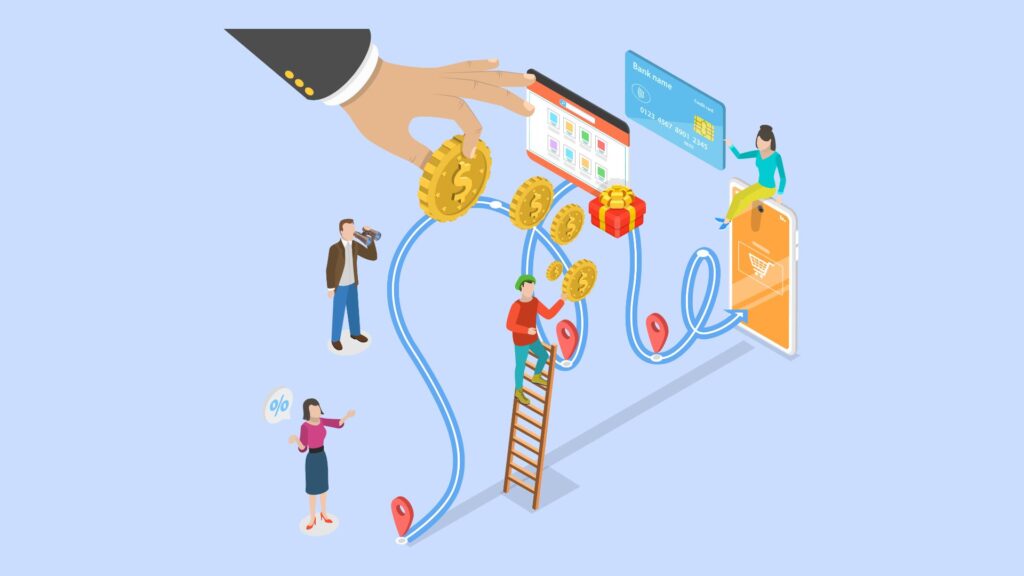
Why Customer Retention Matters
When we talk about why customer retention matters, the numbers do most of the talking. Did you know it costs five times more to attract a new customer than to keep an existing one? That’s a fact that can really make you think twice about where to focus your efforts. And when it comes to the return on investment (ROI) of focusing on retention, case studies are aplenty. For instance, a study by Bain & Company found that increasing customer retention rates by just 5% boosts profits by 25% to 95%. That’s a huge margin!
- Cost Savings: It’s far cheaper to keep a customer than to find a new one.
- Increased Profits: Loyal customers tend to buy more over time.
The Link Between Customer Experience and Retention
The link between customer experience and retention can’t be overstated. Happy customers are loyal customers. A Walker study suggests that by the end of 2020, customer experience has overtaken price and product as the key brand differentiator. This is huge! It means that how your customers feel when they engage with your brand matters more than how much they’re spending or exactly what they’re buying.
- Personalized Experiences: Customers feel valued when experiences are tailored to their needs.
- Quick and Effective Support: No one likes to wait, especially not for answers or solutions.
Lastly, staying ahead of trends is vital. With technology evolving, customers now expect more seamless and integrated experiences across all touchpoints.
A Salesforce report indicates that 76% of customers expect companies to understand their needs and expectations. In this digital age, that could mean offering AI-powered chatbots for instant support or using data analytics to provide personalized service suggestions.
By focusing on these factors, businesses can enhance customer satisfaction, spur loyalty, and ultimately, drive retention.
Identifying Friction Points in the Customer Journey
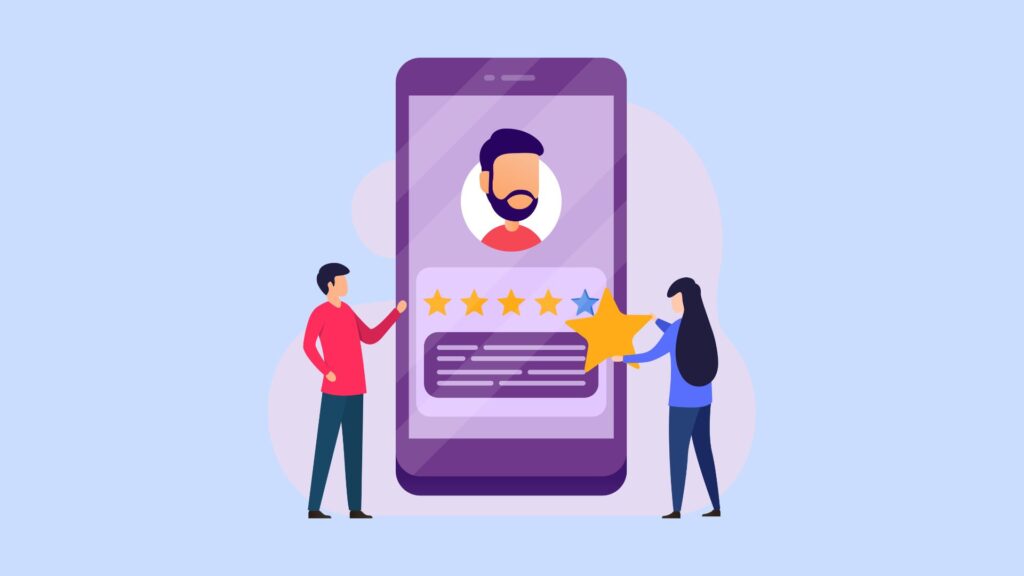
Identifying and smoothing out friction points is crucial for any business aiming to keep its customers happy and loyal. But what exactly are these friction points, and how do we spot them?
What Are Friction Points?
Friction points are like those annoying little bumps in the road that make a smooth ride less enjoyable. In the customer experience world, they’re moments that cause frustration, hesitation, or confusion for the customer. Here are some common examples:
- Long Wait Times: Whether it’s waiting on hold on a call or for a response to an email, long wait times are a classic friction point.
- Complicated Checkout Processes: Ever left stuff in your online shopping cart because checking out was taking forever? That’s what we’re talking about.
- Insufficient Information: Not being able to find details about a product or service can lead customers to bounce off in frustration.
- Lack of Personalization: When customers feel like just another number, it’s a major turn-off.
Here’s a helpful guide on optimizing checkout processes, a common friction point for many businesses.
Mapping Your Customer Journey to Find Friction Points
The best way to spot these bumps is by mapping out your customer’s journey, from the first interaction with your brand to post-purchase support. Here’s how to do it:
- Gather Data: Start by collecting data from all customer interaction points – social media, sales calls, website analytics, you name it.
- Create Customer Personas: Understand who your customers are. This will help you tailor the map to different segments.
- Outline the Steps: Jot down every step a customer takes with your brand, however small.
- Identify Potential Friction Points: Review the steps and pinpoint where customers might get stuck or frustrated.
- Validate With Feedback: Finally, compare your findings with actual customer feedback to ensure accuracy.
For creating customer personas, HubSpot offers a great tool that simplifies the process.
Collecting and Analyzing Customer Feedback
Understanding your customers’ experiences directly from them can give invaluable insights into where your business might be going wrong. Here’s how to do it right:
- Surveys: Send concise, targeted surveys post-purchase or interaction. Tools like SurveyMonkey are great for this.
- Social Listening: Use tools like Brandwatch to monitor what people are saying about your brand across social media. You’ll catch complaints (and praises) you might not find otherwise.
By meticulously identifying friction points, mapping the customer journey to reveal these issues, and actively collecting and analyzing feedback, businesses can significantly enhance the overall customer experience. This streamlined approach not only boosts customer satisfaction and loyalty but also sets the stage for a thriving and resilient business in today’s competitive landscape.
Strategies for Removing Friction Points and Enhancing Customer Experience
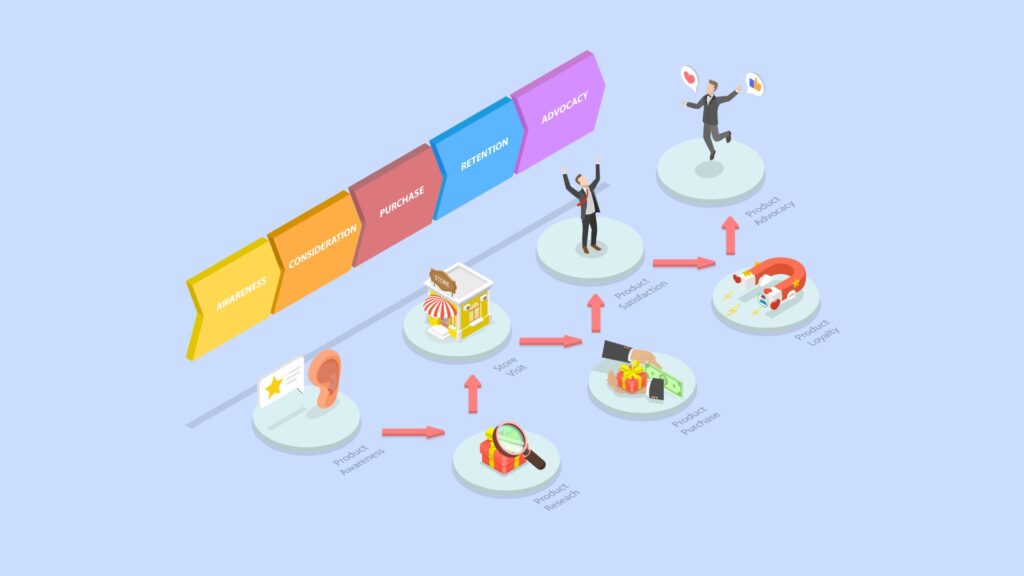
Removing friction points in the customer experience is like greasing a squeaky wheel – it makes for a smoother, more enjoyable ride for everyone involved. In today’s fast-paced world, customers value their time and ease of interaction above almost everything else. Below are some ways businesses are tackling these challenges head-on.
Simplifying Processes and Procedures
Getting hung up on complicated processes can make customers give up faster than a kid on broccoli night. Here’s how you can make things easier:
- Streamline Checkout: Amazon’s “1-Click Ordering” is the epitome of simplicity. By allowing users to make purchases with a single click, they’ve essentially removed every speed bump on the road to checkout.
- Simplify Sign-ups: Ever landed on a sign-up page that asks for your life story? Yeah, no thanks. Dropbox is a great example of doing it right; it requires just an email and a password to get started.
Leveraging Technology to Improve Convenience
Technology is not just changing the game; it’s rewriting the rulebook. Here’s how savvy businesses are using it to reduce friction:
- AI and Chatbots: Sephora’s chatbot on Facebook Messenger helps users find the perfect product and offers tips, making the shopping experience as easy as asking a friend for advice. Check out more about Sephora’s chatbot here.
- Self-Service Options: McDonald’s self-service kiosks have transformed the ordering process, giving customers control over their orders and cutting down on wait times. Find out about McDonald’s kiosk here.
Personalizing the Customer Experience
In a world where everyone wants to feel special, personalization is king. Here’s why it matters and how to do it:
- Why It’s Important: A study by Epsilon found that 80% of consumers are more likely to make a purchase when brands offer personalized experiences. You’re not just selling a product; you’re creating a relationship.
- Strategies for Personalization:
- Use Data Wisely: Collect data on your customers’ preferences, purchase history, and browsing behavior. This is data gold and can help tailor recommendations that are spot on.
- Personalized Emails: Netflix knows this game well. Their “Because you watched” emails make it easy for you to find your next binge-watch based on what you’ve previously enjoyed.
By simplifying processes, leveraging the latest in technology, and offering personalized experiences, businesses not only remove friction points but also create a customer experience that’s as smooth as freshly Zambonied ice. This approach to service can turn one-time buyers into lifelong fans.
Case Studies: Successful Removal of Friction Points

E-commerce Success Stories
The world of e-commerce is fiercely competitive, but a few companies stand out by turning potential friction points into smooth sailing for their customers. Here are a couple of shining examples:
- Warby Parker revolutionized the eyewear industry by introducing a Home Try-On program. This initiative allows customers to select five frames from their website, which are then shipped to their home for free. This simple yet innovative approach has significantly improved customer retention by making the selection process hassle-free.
- Zappos is another e-commerce giant known for its exceptional customer service. Their 365-day return policy with free shipping both ways removes the fear of online shoe shopping. This policy, combined with their responsive customer service team, has led to high levels of customer satisfaction and retention.
SaaS Companies That Mastered Customer Experience
In the SaaS world, creating a frictionless experience for users is essential for retention. Here are examples of companies that nailed it:
- Slack has transformed business communication by focusing on a clean, intuitive user interface. Their platform integrates seamlessly with many other tools, making it indispensable for teams. Check out Slack’s approach to ease of use and integration.
- Salesforce offers a highly customizable CRM platform, which might sound complex, but they guide new users with an onboarding process that feels personal. They effectively use data to provide customized experiences that meet the unique needs of their customers.
Retail Innovations Leading to Higher Retention
Retail businesses face the challenge of blending online convenience with the tactile experience of traditional shopping. Here are businesses doing it right:
- Nordstrom has long been synonymous with customer satisfaction. By integrating their online and physical stores seamlessly, they’ve enhanced the shopping experience. Their Nordstrom Local concept, which doesn’t stock clothes but offers personal styling, online order pickups, and returns, caters to today’s busy consumer.
- Target reimagined its app to include features like Drive Up, where customers can make a purchase on the app and have their items delivered to their car in the store’s parking lot. This service addresses the need for convenience and speed, significantly boosting customer retention.
By analyzing these case studies, it’s evident that whether through innovative policies, exceptional service, or leveraging technology, the key to removing friction points lies in understanding and addressing the specific needs and pain points of customers.
These companies not only succeeded in enhancing their customer experience but also set the bar high for competitors in their respective industries.
Measuring the Impact of Reducing Friction Points

Navigating the accomplishments of your customer experience strategies means keeping your eye on several key metrics. These indicators not only gauge your success but also point out areas that could use a little TLC (Tender Loving Care). Here’s a look-see at the most critical numbers:
Key Metrics to Watch
- Retention Rate: It’s all about keeping your peeps around. The longer customers stick with you, the better your services or products are hitting the mark. Think of it as Netflix keeping you hooked season after season.
- Customer Lifetime Value (CLV): This is about how much dough a customer is likely to bring you over the entire time they do business with you. It’s like knowing how many pies a regular is going to buy from your bakery in their lifetime.
- Net Promoter Score (NPS): Ever ask your buddies if they’d recommend that awesome taco stand? That’s NPS in action. It tells you if your customers would shout from the rooftops about your service or product.
- Customer Satisfaction (CSAT): This one’s simple. Are your customers smiling or frowning? Post-service surveys can help you keep a tally.
Tools and Technologies for Tracking Performance
When it comes to tracking these numbers, you gotta have the right gear. Here are some tools that can do the heavy lifting for you:
- CRM Systems: Salesforce (Salesforce) is the LeBron James of CRM—versatile, powerful, and always delivers. It helps keep tabs on customer interactions, from emails to sales, adjusting your strategy based on real data.
- Analytics Tools: Google Analytics (Google Analytics) is like having a crystal ball. It lets you peek into how visitors interact with your website, helping you tweak your online presence for the better.
- Customer Feedback Platforms: SurveyMonkey (SurveyMonkey) is your go-to for getting the 411 straight from the horse’s mouth. It’s an easy way to gather thoughts, opinions, and feelings about what you’re doing right or wrong.
You’re not just shooting in the dark by keeping an eye on these metrics and using the latest tools. You’re making informed decisions that can significantly lift up your customer experience, turning first-timers into long-timers.
Future Trends in Customer Retention Strategies
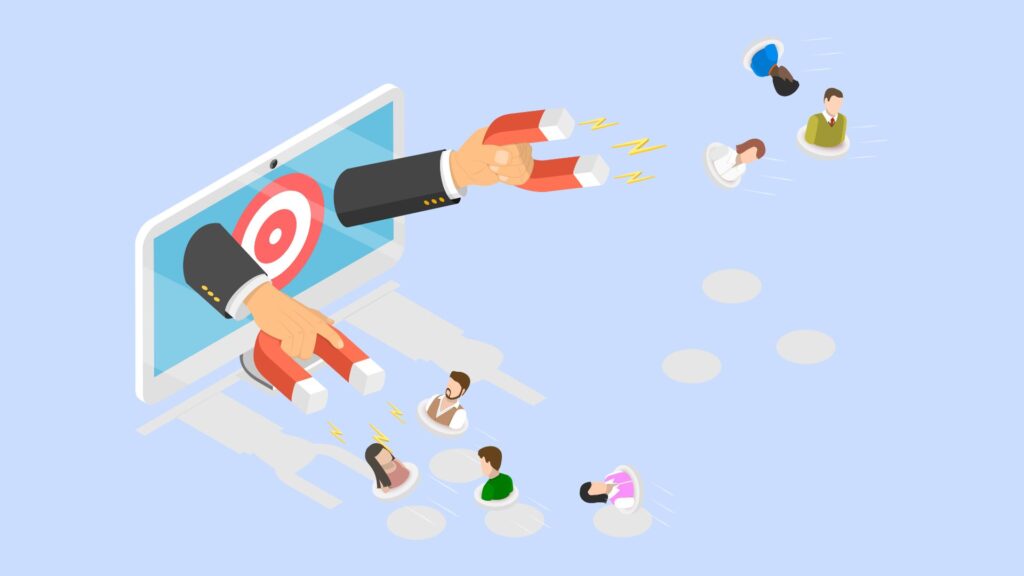
The way we keep our customers coming back is getting a major makeover thanks to some futuristic tech and a deeper understanding of what drives the modern consumer. Here’s the lowdown on what’s shaping the future of customer retention:
The Role of AI and Machine Learning
Predictions on how technology will further personalize customer experiences are off the charts. Imagine a world where your coffee shop app knows you’re about to have a crazy day before you do, and suggests your favorite pick-me-up as you walk by.
That’s the kind of personalized experience AI and machine learning are cruising towards. Companies like Starbucks are already using predictive analytics to offer personalized ordering suggestions to their customers.
The Importance of Sustainability and Brand Values
Today, wearing your heart on your sleeve is good for business. More consumers want to buy from brands that share their values, especially when it comes to sustainability.
For instance, Patagonia goes big on environmental advocacy, and their customers loyally gear up with them to support the cause. When a brand stands for something meaningful, it’s not just selling products; it’s inviting customers to join a community with shared values.
Omnichannel Experiences and Their Growing Significance
Ever start shopping on your phone, switch to your laptop, and then make the purchase in a store? That’s omnichannel retailing, and it’s the future. Customers expect seamless experiences across all platforms and devices, and the companies that deliver are in for a win.
Look at Apple, for example. You can start a service inquiry online, get updates via email, and head to your nearest Apple Store for your appointment without missing a beat. Seamless experiences like these are becoming the new norm and a crucial part of retaining customers.
By leaning into these trends, companies can not only keep their current customers happy but also turn them into vocal advocates for their brand. It’s all about staying connected, standing for something, and making sure your customers’ journeys are smooth, no matter how or where they’re interacting with you.
FAQs
1. What exactly is a “friction point” in the customer experience, and how does it affect retention?
A friction point refers to any obstacle or difficulty encountered by customers during their interaction with a business that makes it harder for them to achieve their goal. This can range from a complicated checkout process on a website to poor customer service interactions. Such points can significantly detract from the overall customer experience, leading to frustration and, ultimately, the loss of customers. Addressing these issues not only smoothens the customer’s journey but also enhances loyalty and retention.
2. Can you give examples of common friction points that businesses often overlook?
Absolutely! Some frequently overlooked friction points include:
- Long wait times for customer service: Customers expect quick and efficient resolutions to their inquiries or issues.
- Forced account creation: Requiring users to create an account before making a purchase can deter them from proceeding.
- Lack of payment options: Limited payment methods can frustrate customers who prefer different transaction modes.
- Complicated navigation on websites or apps: Difficulty in finding information or products quickly can drive customers away.
- Inadequate product information or images: Customers rely on detailed descriptions and visuals to make informed decisions.
3. How can removing these friction points lead to higher customer retention?
Eliminating friction points simplifies the customer’s path to purchase and interaction with the business, leading to a more enjoyable and satisfying experience. This positive experience fosters trust and loyalty toward the brand, encouraging customers to return for future purchases and even advocate for the brand through word-of-mouth. In essence, a smoother customer experience directly correlates with increased retention rates.
4. What role does technology play in identifying and addressing friction points?
Technology, especially data analytics and customer feedback tools, plays a pivotal role in identifying friction points by analyzing customer behavior patterns and pinpointing areas where customers face difficulties. Additionally, advancements such as AI, chatbots, and personalized recommendation engines can be leveraged to address these points by providing timely assistance, tailored suggestions, and automating processes to reduce manual errors and delays.
5. Are there any industries that benefit more from removing friction points than others?
While all industries stand to gain from improving the customer experience by removing friction points, sectors with high levels of customer interaction and competition, such as retail, e-commerce, and service-oriented businesses (like hospitality and airlines), see particularly significant benefits. In these industries, even minor enhancements in the customer experience can greatly influence a customer’s decision to stay loyal to a brand or switch to a competitor.
Conclusion
In navigating the evolving landscape of customer retention, leveraging cutting-edge technology like AI and Machine Learning, championing sustainability, and ensuring omnichannel experiences are vital. These strategies not only meet modern consumer demands but also forge deeper connections.
By integrating these insights, businesses can significantly enhance customer loyalty and advocacy.
For those eager to deepen their understanding and elevate their customer retention strategies, we invite you to LEARN MORE about harnessing these trends to foster lasting customer relationships.

10+ years experience in Marketing and Operations
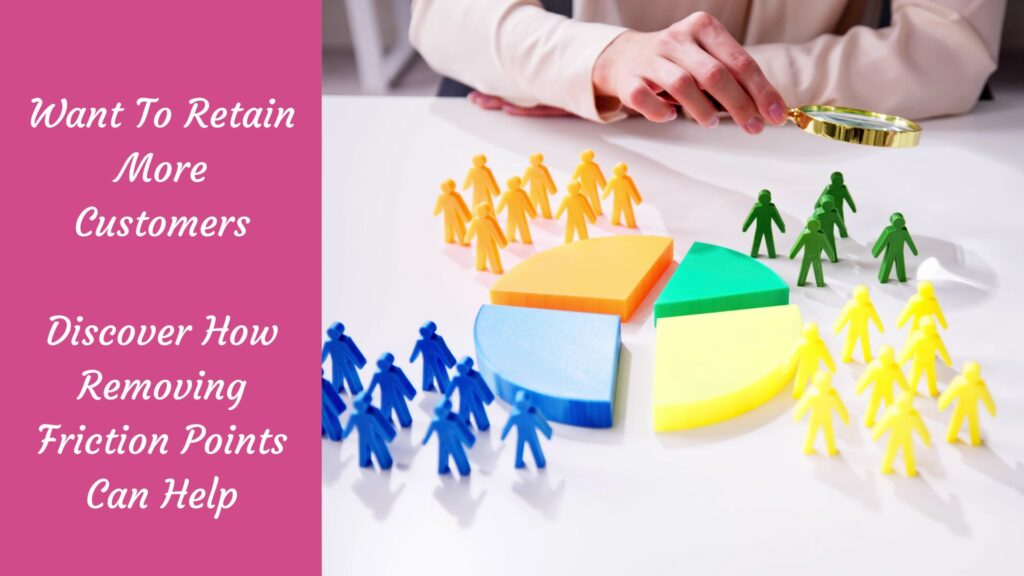
Thank you for your response! I’m grateful for your willingness to engage in discussions. If there’s anything specific you’d like to explore or if you have any questions, please feel free to share them. Whether it’s about emerging trends in technology, recent breakthroughs in science, intriguing literary analyses, or any other topic, I’m here to assist you. Just let me know how I can be of help, and I’ll do my best to provide valuable insights and information!
Thank you for your response! I’m grateful for your willingness to engage in discussions. If there’s anything specific you’d like to explore or if you have any questions, please feel free to share them. Whether it’s about emerging trends in technology, recent breakthroughs in science, intriguing literary analyses, or any other topic, I’m here to assist you. Just let me know how I can be of help, and I’ll do my best to provide valuable insights and information!